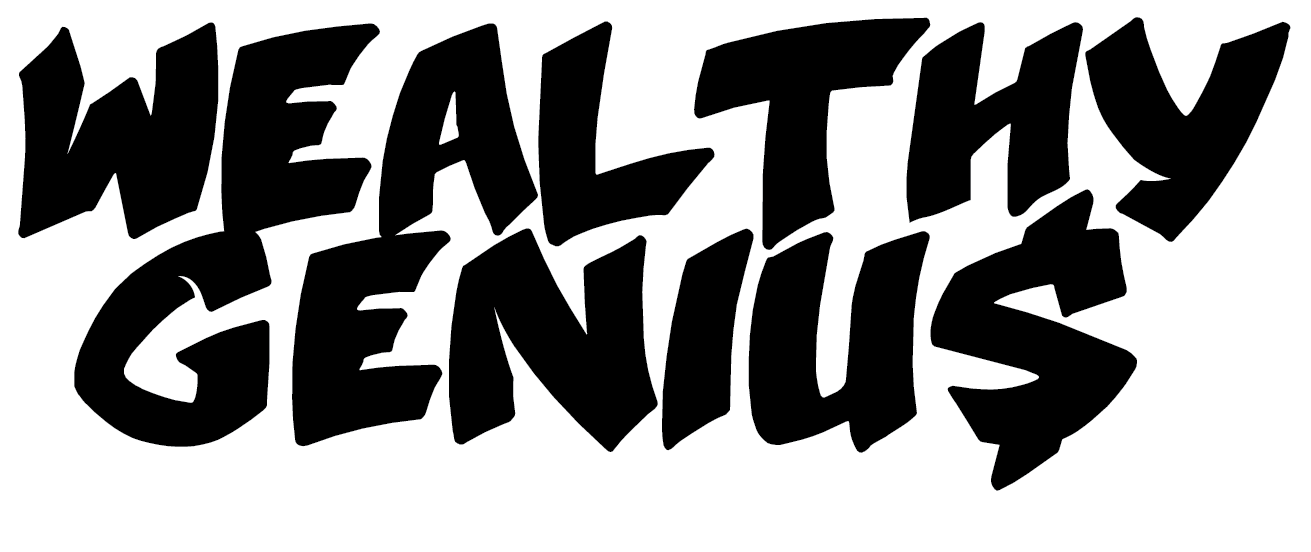What we can tell you is that the lights are still on in most places, but the hum of servers never stops now. It started with ChatGPT in late 2022, a tool that wrote essays and code like it was nothing. People shared it on old forums, laughed at first, then used it for work emails and school papers. By early 2023, Microsoft had poured billions into OpenAI, turning their cloud into a machine that ran everything. Google rushed out Bard, which stumbled on facts, but they fixed it into Gemini by 2024, feeding it their endless search data to make answers feel real. Amazon stayed quiet, building tools in AWS for others to rent, while Meta open-sourced Llama models to keep up, though their versions lagged behind in tests.
Apple waited longest, tying AI to their phones in 2024 with on-device processing they called private, but it felt like catching up. NVIDIA sold chips faster than they could make them, their stock climbing 1000% since the boom hit, powering the data centers that guzzled more power than small countries. By mid-2023, investments flooded in—OpenAI raised $10 billion from Microsoft alone, and startups like Anthropic got $4 billion from Amazon. Models got smaller and cheaper; Stanford’s 2025 report says the cost to run something like GPT-3.5 dropped 280 times since November 2022, thanks to efficient designs anyone could tweak.
In 2024, things sped up. Multimodal AI arrived—tools that handled text, images, and video at once. Google’s Gemini did video analysis for ads, spotting trends in clips before humans could. OpenAI’s GPT-4o added voice that sounded almost human, used in apps for customer service that never slept. Robotics caught fire; Figure’s humanoid bots in early 2025 walked with a roll in their steps, hands that gripped tools without crushing them, all trained on AI that learned from trial videos. Partnerships popped up everywhere—Oracle teamed with Red Bull Racing for AI simulations that predicted tire wear on tracks, saving real runs.
By October 2025, OpenAI announced a $8.3 billion raise, with 5 million paying users for ChatGPT, and a deal for 6 gigawatts of data centers using AMD chips to handle the load. PwC’s predictions that year talked of AI reshaping businesses, with agents that booked your flights or audited books without a prompt. The market hit $20 billion, projected to triple by 2030, but power grids strained—blackouts hit California twice from server farms pulling too much. Regulations crept in; the EU fined a few companies for biased hiring tools, and the US started talks on watermarking AI images to spot deepfakes.
Life changes slow at first, then all at once. Jobs shift like sand. Coders who once typed lines now prompt systems to build apps, but the ones who can’t adapt end up checking outputs for errors, paid half as much. Factories run with fewer hands; those Figure bots assemble cars overnight, so shifts shorten, but towns near plants empty out as people move for retraining programs that half finish. Doctors use AI to scan scans, catching cancers early, but nurses handle the talks with patients, the part machines can’t fake yet. In homes, it’s quieter. Kids learn from virtual tutors that adjust to their pace, no more yelling over homework, but parents worry about eyes glued to screens, friendships fading to avatars.
Cities feel it most. Delivery drones hum constant now, groceries at your door in minutes, but corner stores close, owners scraping by on gig apps that AI rates your politeness. News feeds curate themselves, feeding you stories that match your mood, so bubbles harden—half the country sees floods as climate lies, the other as warnings ignored. Dating apps match with AI profiles that guess your type from old chats, saving time but leaving dates awkward, like talking to echoes.
Out in the sticks, it’s steadier. Farmers use satellite AI to predict rains, yields up 20%, but fuel for the rigs costs more with global grids taxed. Power goes out less often in rural spots, ironic since cities built the beasts that eat the energy. Crime drops in some ways—cameras with facial AI spot thieves before they strike—but privacy erodes; your walk home gets logged, sold to insurers who hike rates if you linger near bars.
By 2030, it might look like this: Work from anywhere, but most stay home, offices half-empty relics. AI handles the grind—driving trucks, writing reports—so people chase meaning in trades or arts, the jobs machines fumble. Healthcare stretches further; rural clinics get remote surgeons guiding local hands via holograms. But inequality digs deeper—those with fast internet and skills thrive, others queue for basic credits, governments taxing AI firms to fund it. Wars simmer over chips; borders tighten on data flows, old alliances crack.
We hold on because the tools help more than they hurt, for now. A neighbor’s kid beat leukemia with an AI trial spotted early. Your uncle farms without back pain, bots doing the lift. But the nights are long when the net drops, reminding you it’s all wired thin. What we can tell you is to learn the prompts, guard your data, and keep one foot on dirt. The rest follows.

